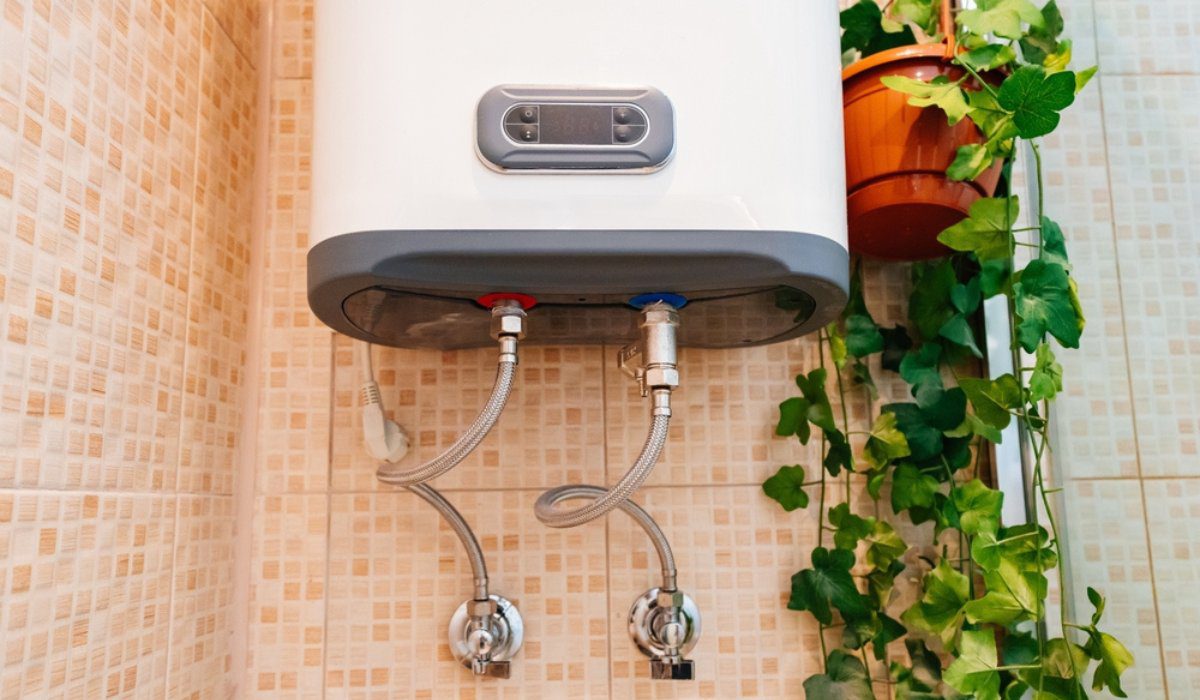Ways to Keep Your Home's Hot Water System Functioning WellBest Practices for Caring for Your Home's Hot Water SystemMaintaining Your Home's Hot Water System: Essential Guidelines
Ways to Keep Your Home's Hot Water System Functioning WellBest Practices for Caring for Your Home's Hot Water SystemMaintaining Your Home's Hot Water System: Essential Guidelines
Blog Article
What're your thoughts and feelings on Tips on Maintaining a Water Heater?

Warm water is essential for daily comfort, whether it's for a rejuvenating shower or washing recipes. To guarantee your hot water system runs efficiently and lasts much longer, normal maintenance is vital. This article gives sensible tips and insights on just how to maintain your home's hot water system to stay clear of interruptions and pricey repair work.
Intro
Preserving your home's warm water system might appear difficult, but with a few simple steps, you can guarantee it runs smoothly for several years ahead. This overview covers whatever from understanding your hot water system to DIY upkeep ideas and knowing when to contact professional assistance.
Value of Preserving Your Warm Water System
Normal maintenance not just prolongs the life expectancy of your hot water system but likewise ensures it operates efficiently. Disregarding maintenance can cause reduced efficiency, greater energy costs, and even early failure of the system.
Indications Your Warm Water System Demands Upkeep
Recognizing when your warm water system requires interest can avoid significant problems. Keep an eye out for indicators such as inconsistent water temperature, odd noises from the heater, or corroded water.
Recognizing Your Warm Water System
Prior to diving into maintenance jobs, it's practical to recognize the fundamental components of your hot water system. Commonly, this includes the water heater itself, pipes, anode rods, and temperature controls.
Monthly Maintenance Tasks
Routine month-to-month checks can aid capture small concerns before they escalate.
Purging the Water Heater
Purging your water heater removes sediment accumulation, boosting efficiency and prolonging its life.
Checking and Replacing Anode Rods
Anode rods protect against rust inside the tank. Examining and replacing them when worn out is vital.
Checking and Adjusting Temperature Setups
Adjusting the temperature level settings makes sure optimal performance and safety.
DIY Tips for Upkeep
You can do several maintenance jobs on your own to maintain your warm water system in top condition.
Looking for Leaks
Consistently check pipelines and links for leaks, as these can bring about water damages and greater costs.
Evaluating Pressure Relief Valves
Checking the pressure relief valve ensures it operates properly and avoids too much pressure accumulation.
Shielding Pipes
Insulating hot water pipelines lowers warm loss and can save energy.
When to Call an Expert
While DIY upkeep is advantageous, some concerns call for expert competence.
Complicated Issues Needing Expert Assistance
Examples include major leaks, electric problems, or if your water heater is regularly underperforming.
Routine Specialist Upkeep Perks
Expert maintenance can include thorough examinations, tune-ups, and ensuring compliance with security criteria.
Verdict
Normal upkeep of your home's warm water system is important for performance, durability, and expense financial savings. By following these tips and recognizing when to look for specialist help, you can make certain a reputable supply of hot water without unanticipated interruptions.
How to Maintain an Instant Hot Water Heater
Before tinkering with your hot water heater, make sure that it’s not powered on. You also have to turn off the main circuit breaker and shut off the main gas line to prevent accidents. Also turn off the water valves connected to your unit to prevent water from flowing into and out of the appliance. 2. When you’re done, you have to detach the purge valves’ caps. These look like the letter “T” and are situated on either side of the water valves. Doing so will release any pressure that has accumulated inside the valves while at the same time avoid hot water from shooting out and burning your skin. 3. When the purge valves’ caps are removed, you have to connect your hosing lines to the valves. Your unit should have come with three hoses but if it didn’t, you can purchase these things from any hardware or home repair shops. You can also get them from retail stores that sell water heating systems. Read the user’s manual and follow it to complete this task properly. When the hosing lines are connected, open the purge port’s valves. 4. You should never use harsh chemical cleaners or solutions when cleaning your unit. Make use of white vinegar instead. It should be undiluted and you’ll probably use about 2 gallons. 5. Now flush your water heater. This task should probably take about 40 minutes. We can’t give you specific directions for this because the procedure is carried out depending on the type, model and brand of your heater. With that being said, refer to the user’s manual. 6. When you’re done draining the unit, you have to turn off the purge port valves again. Remove the hosing lines that you earlier installed on each of the water valves. Put the valve caps (purge port) back in their respective places and be very careful so as not to damage the rubber discs that are found inside these caps. 7. Now that everything’s back in place, check your user’s manual again to find out how to reactivate your water heating system. 8. Once it is working, turn one of your hot water faucets on just to let air pass through the heater’s water supply pipes. Leave the tap on until water flows smoothly out of it. https://www.orrplumbing.com/blog/2014/september/how-to-maintain-an-instant-hot-water-heater/

As a devoted reader on Water Heater Maintenance Tips You Can't Afford to Forget, I figured sharing that information was a smart idea. Liked our write-up? Please share it. Let someone else check it out. Many thanks for your time invested reading it.
Call Today Report this page